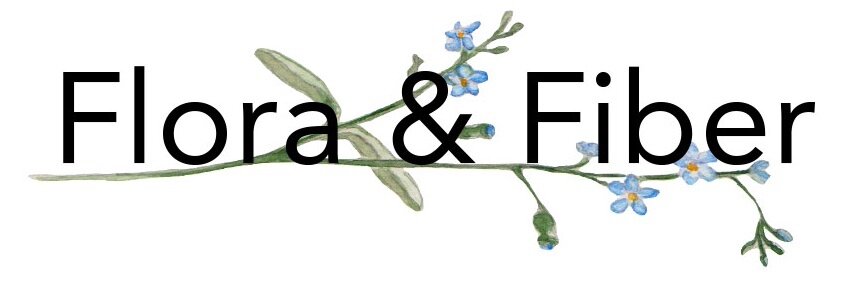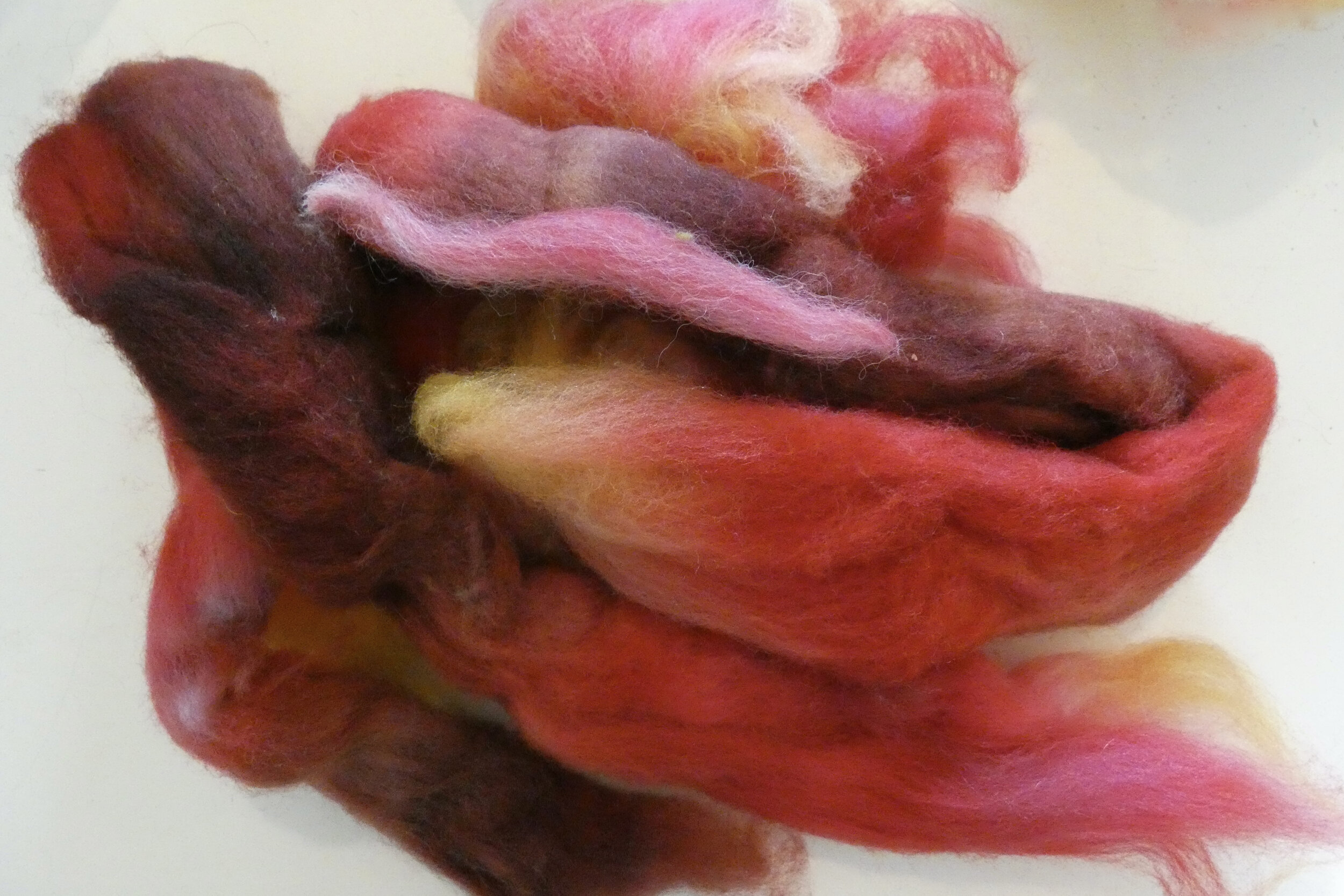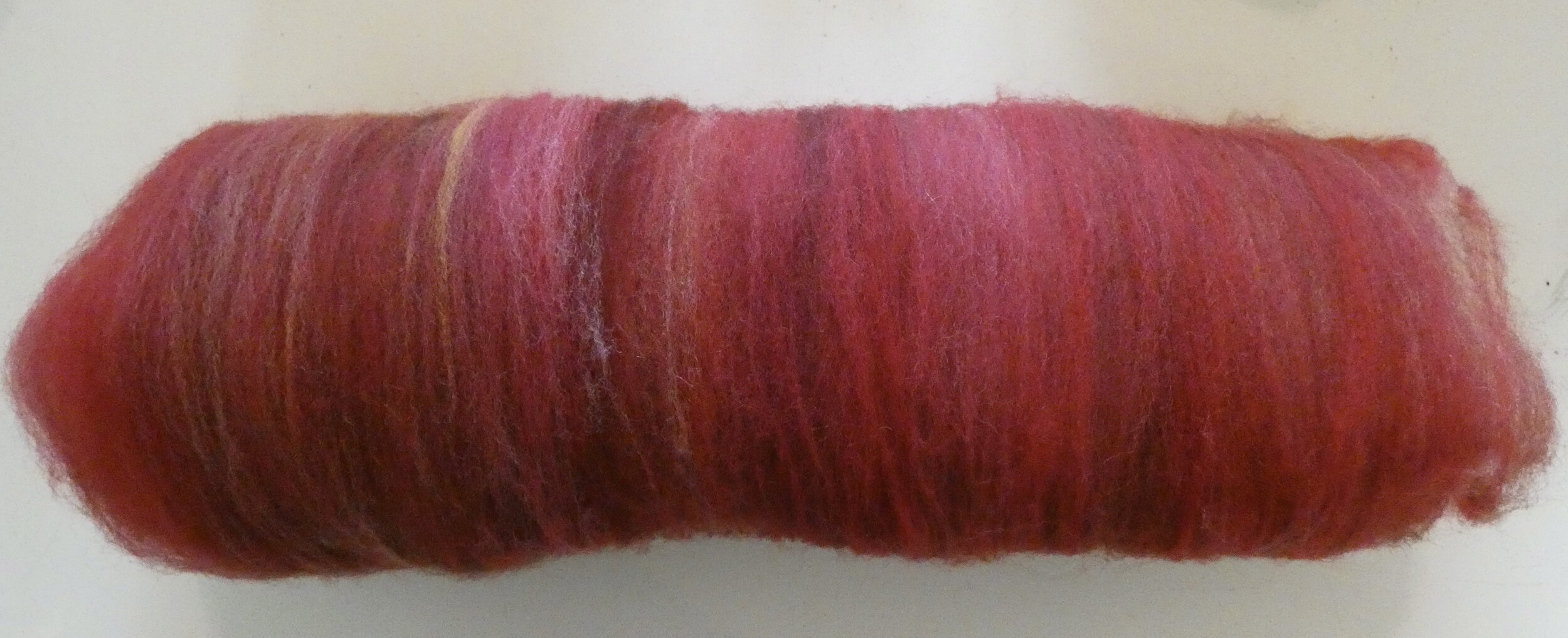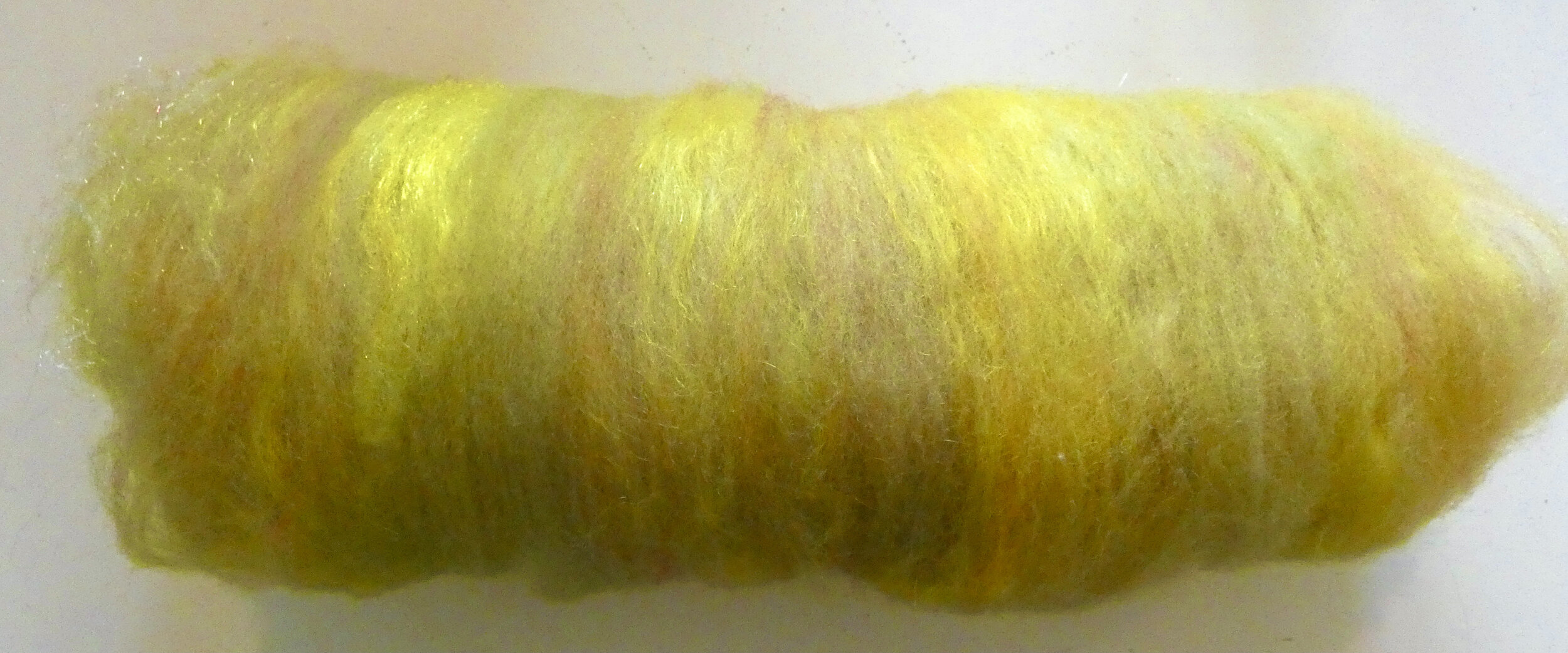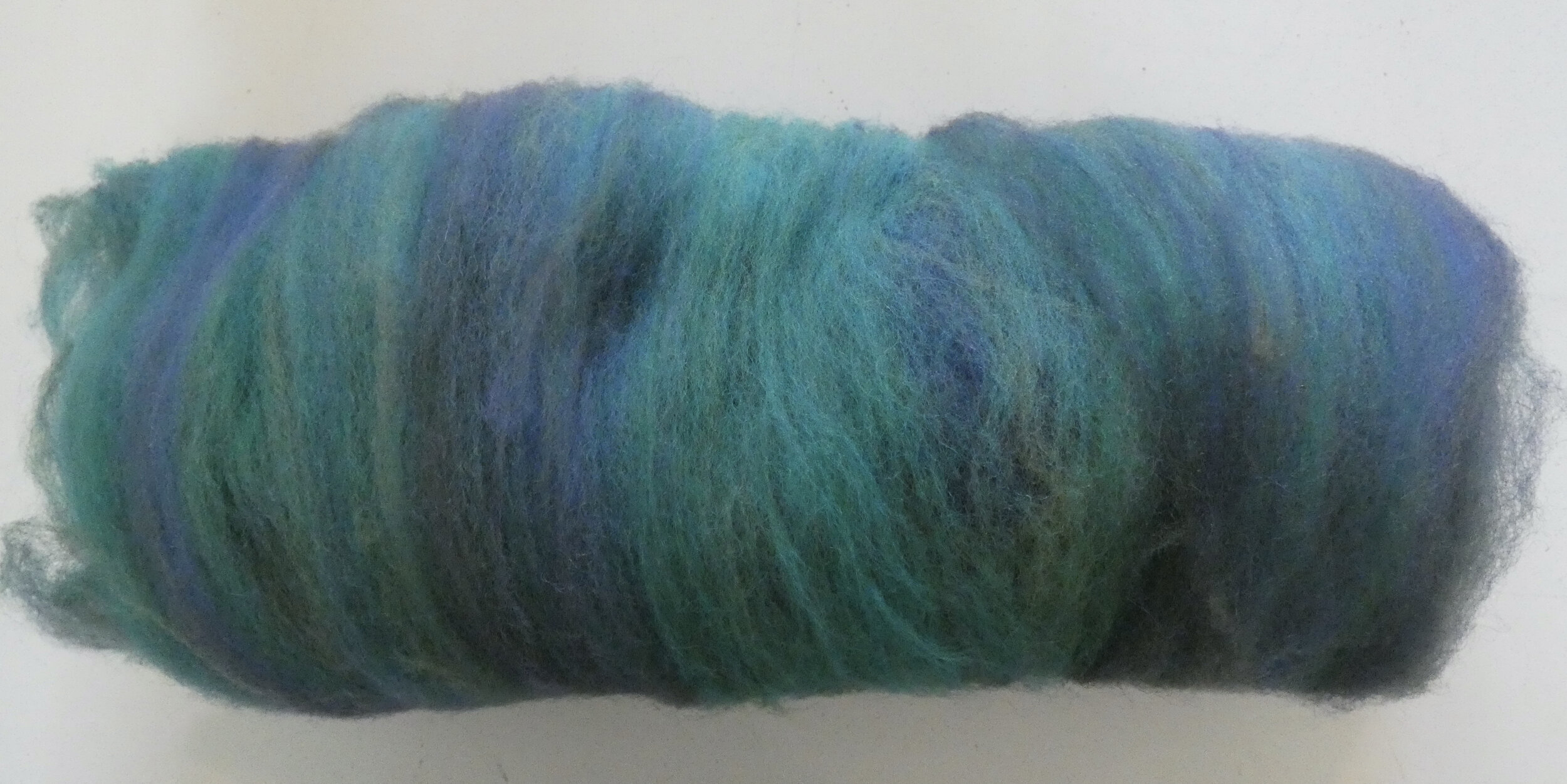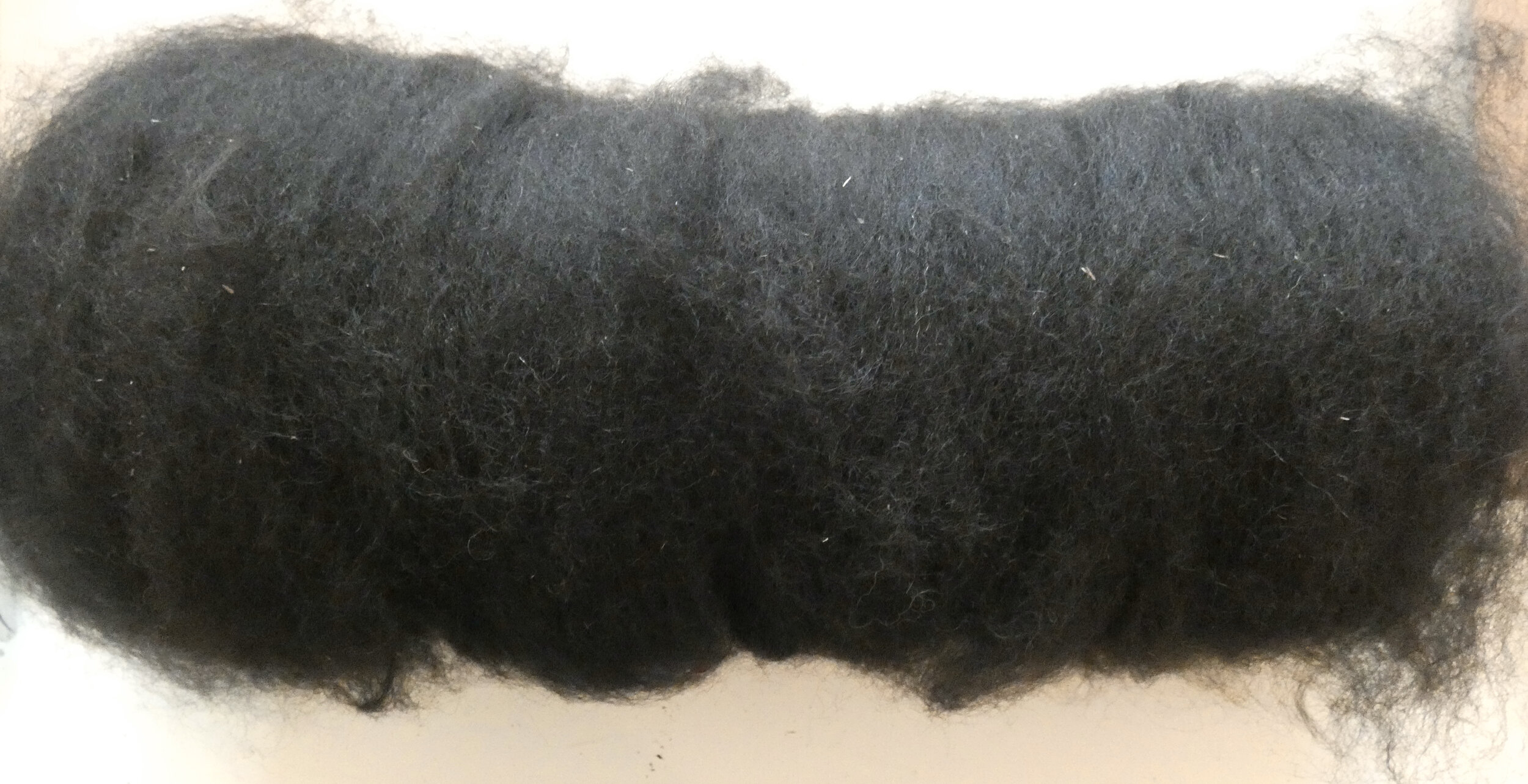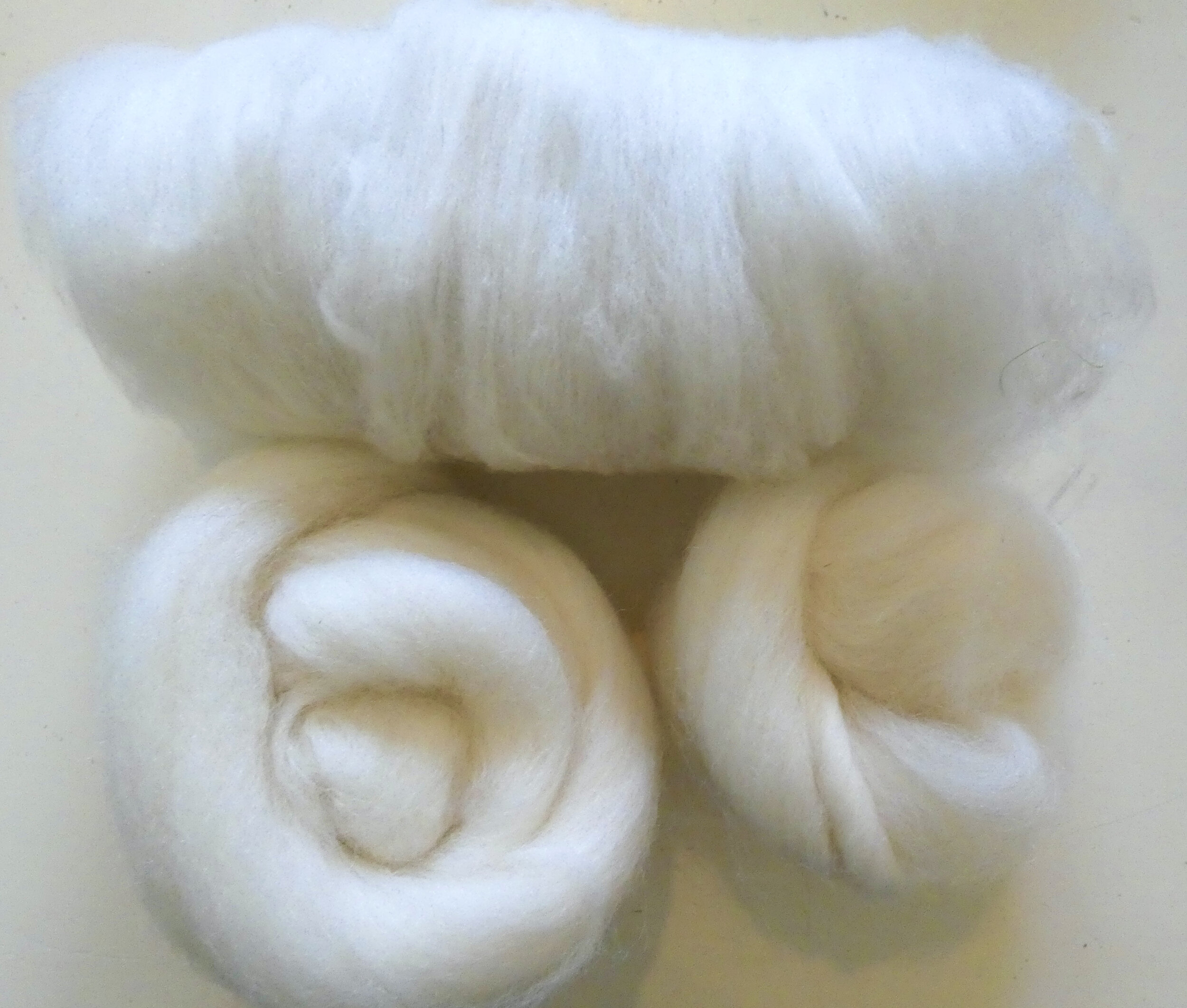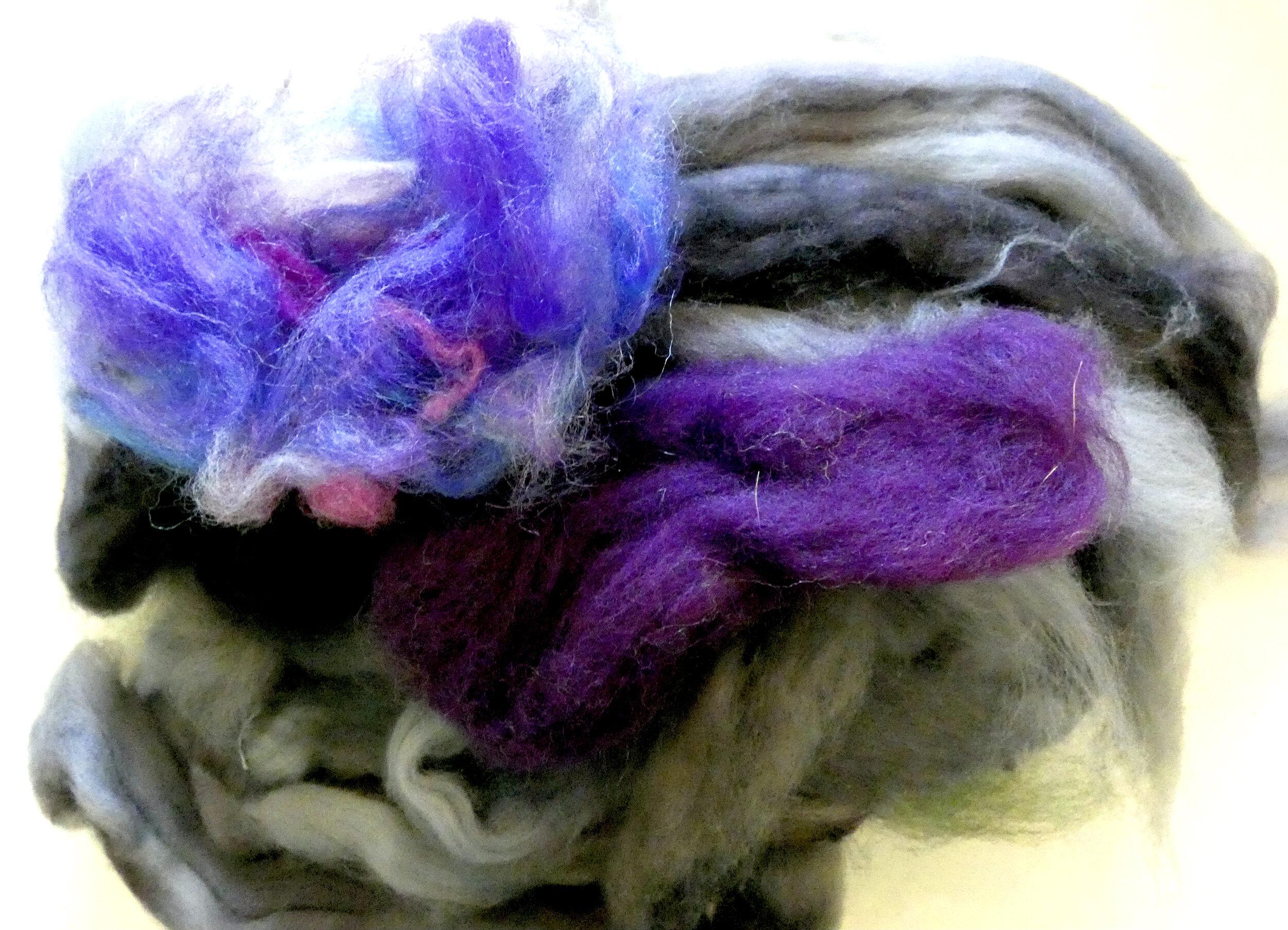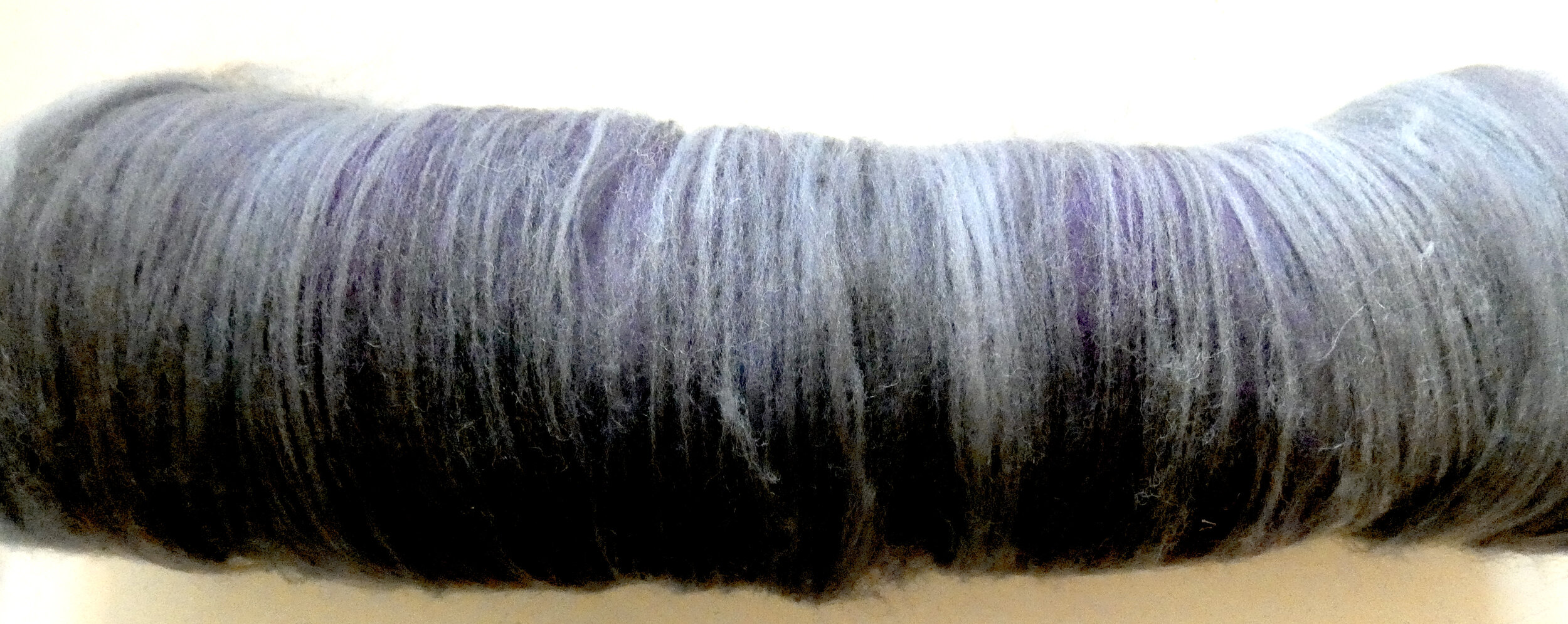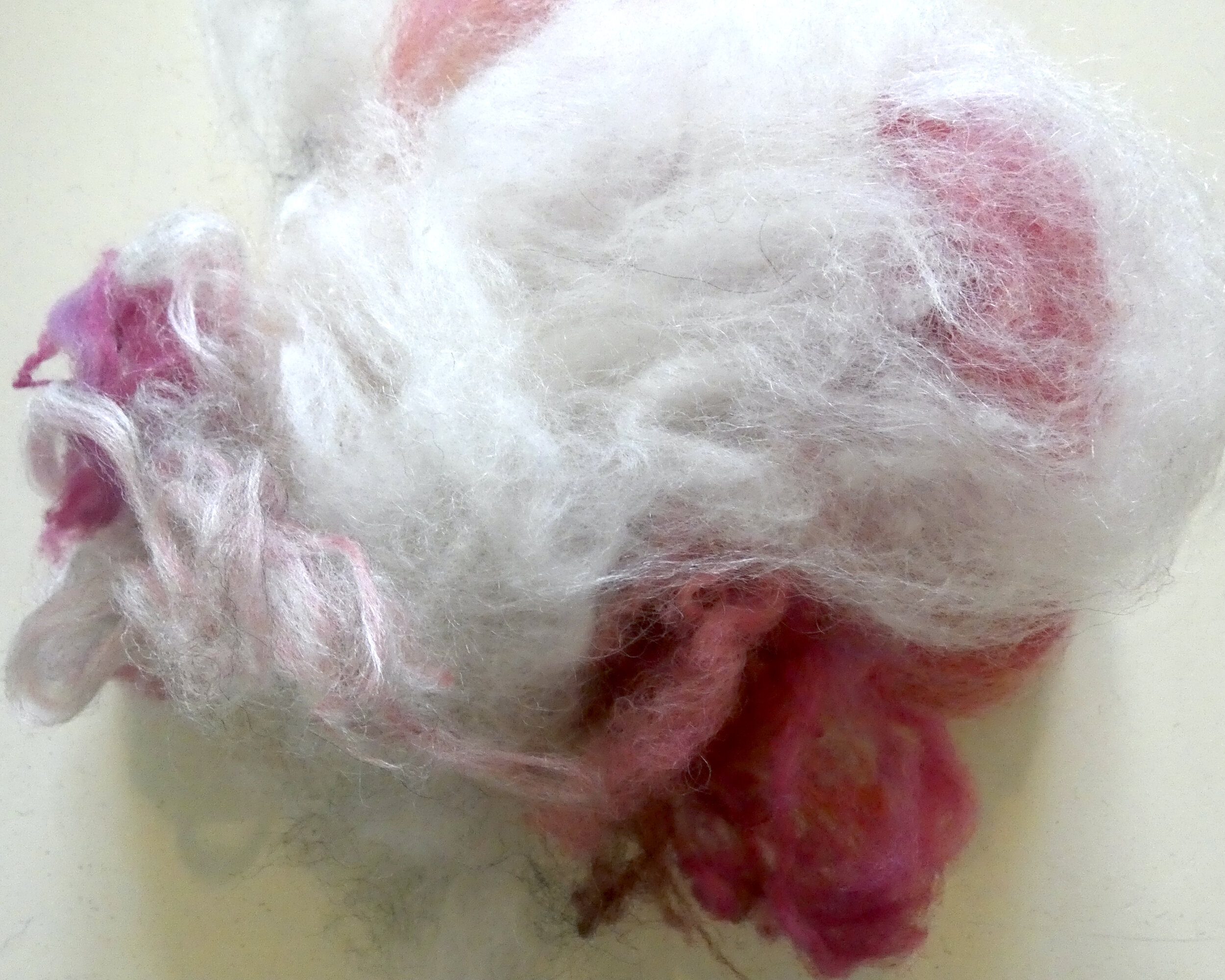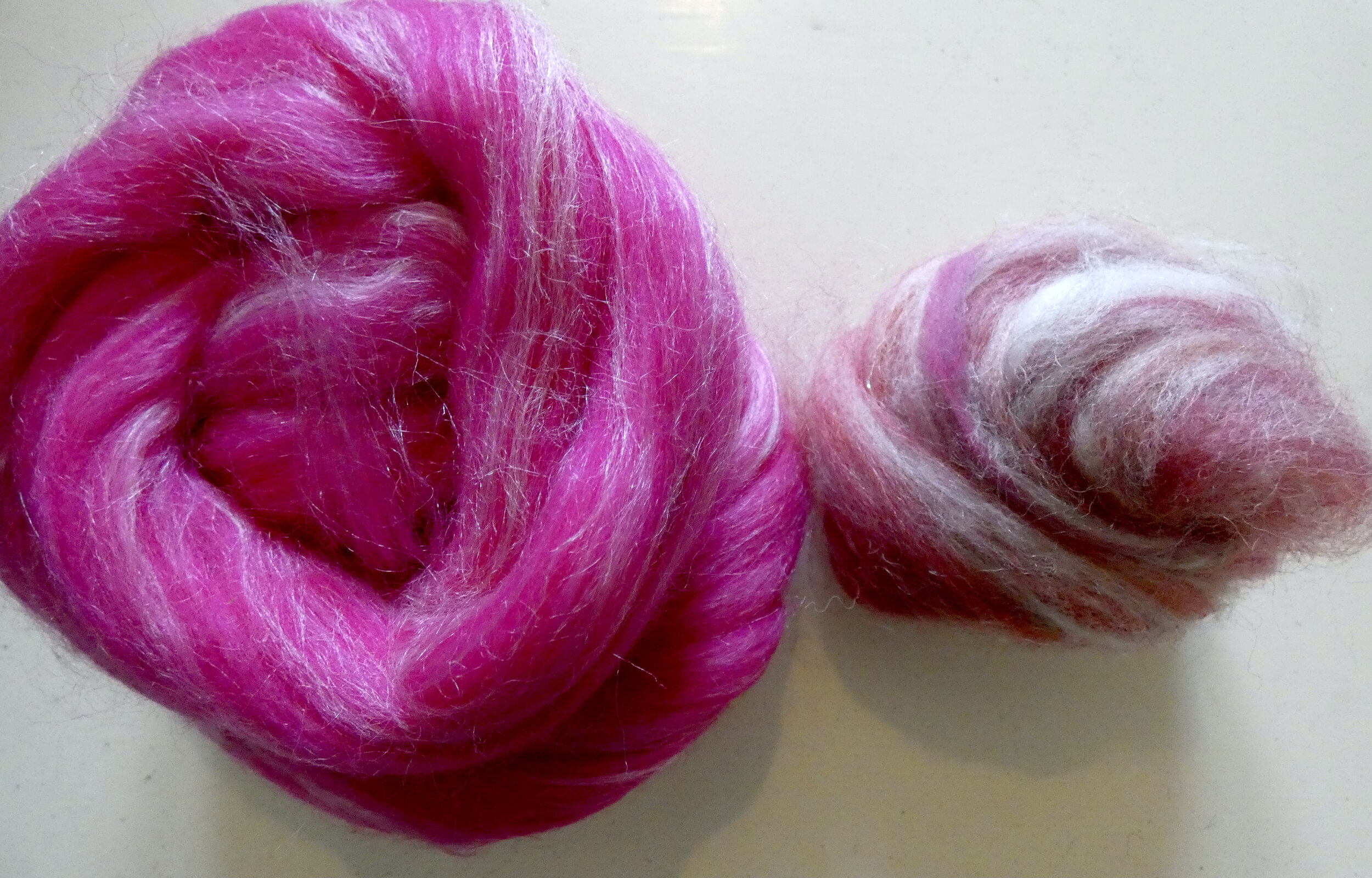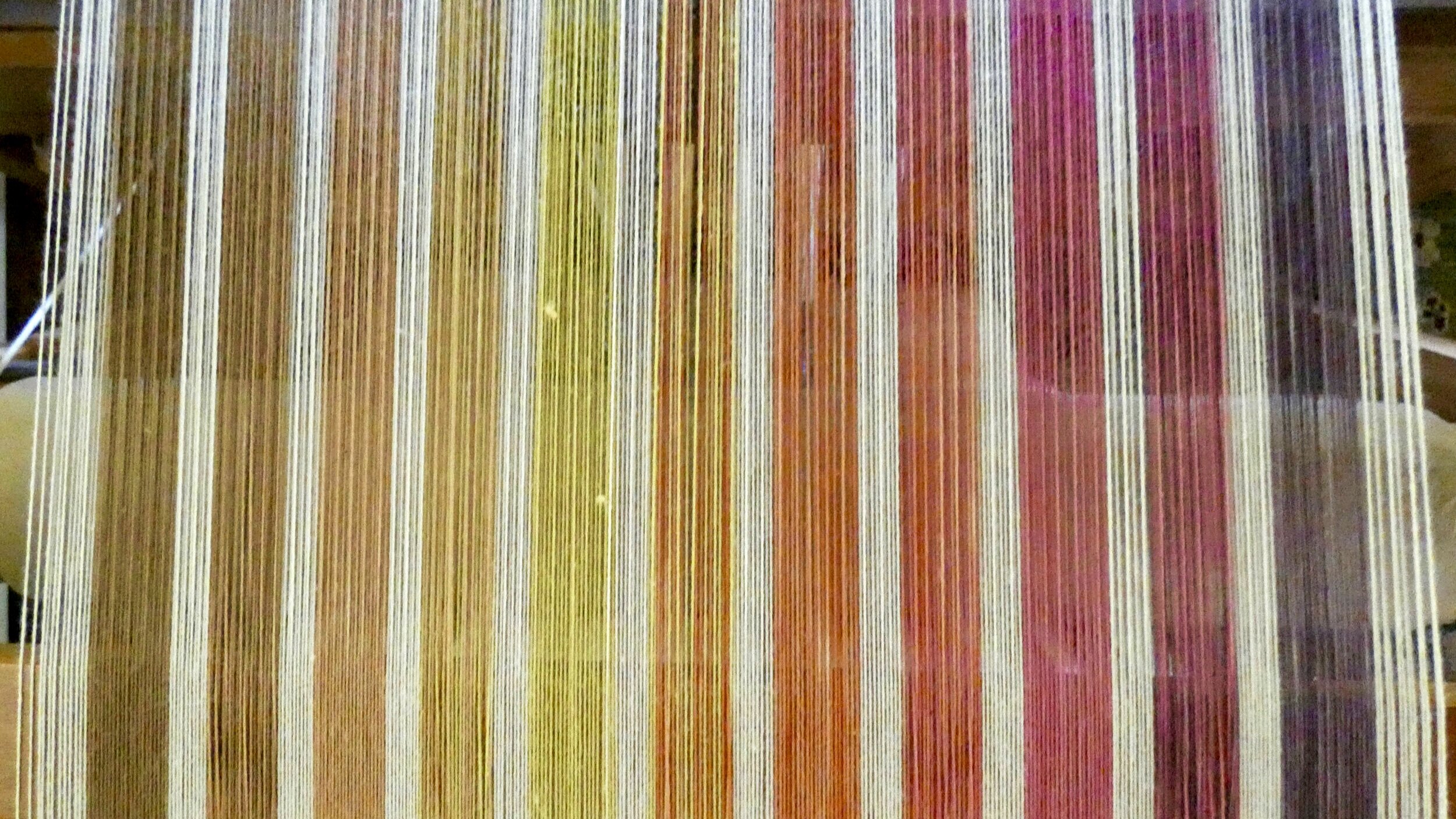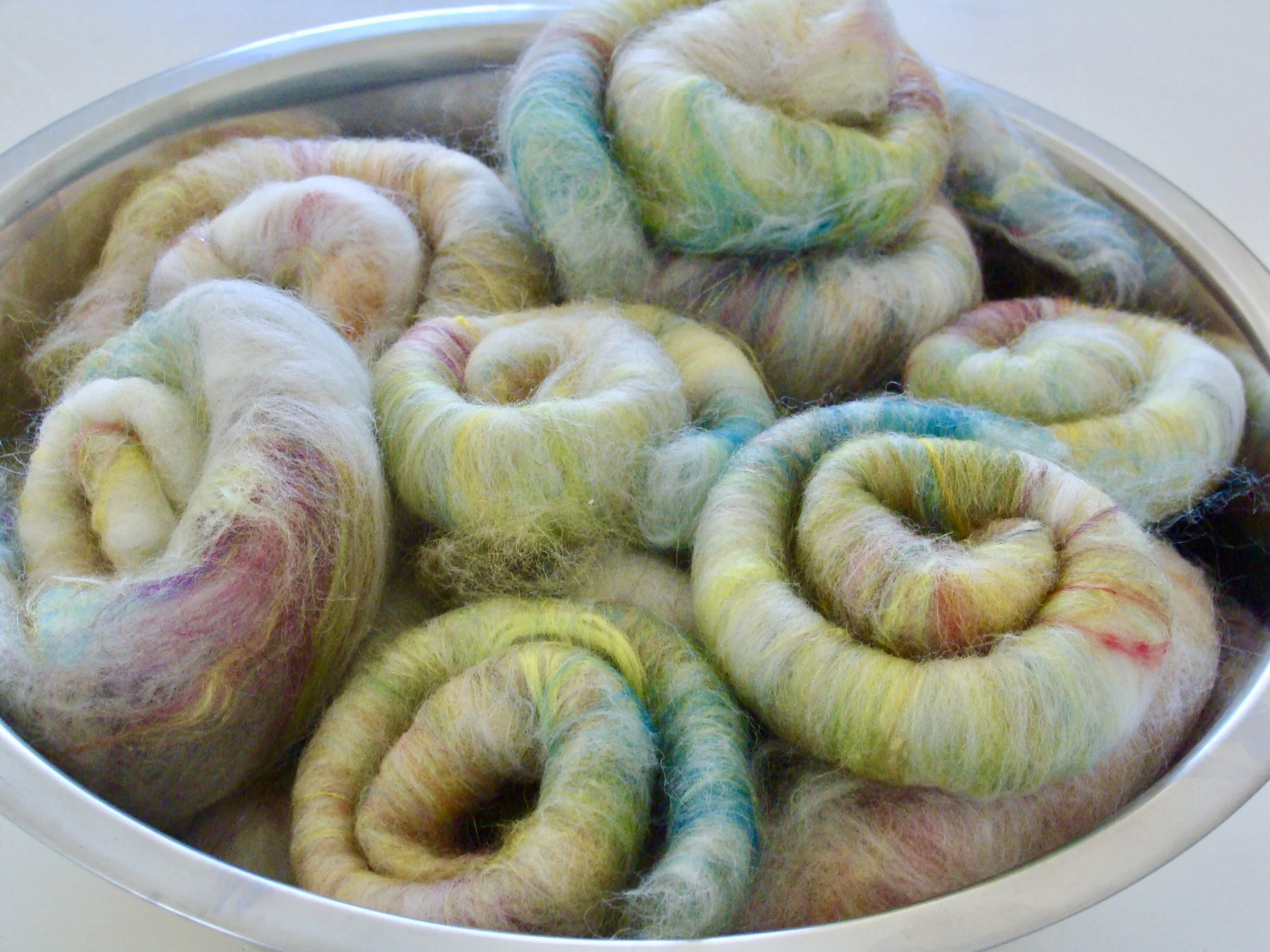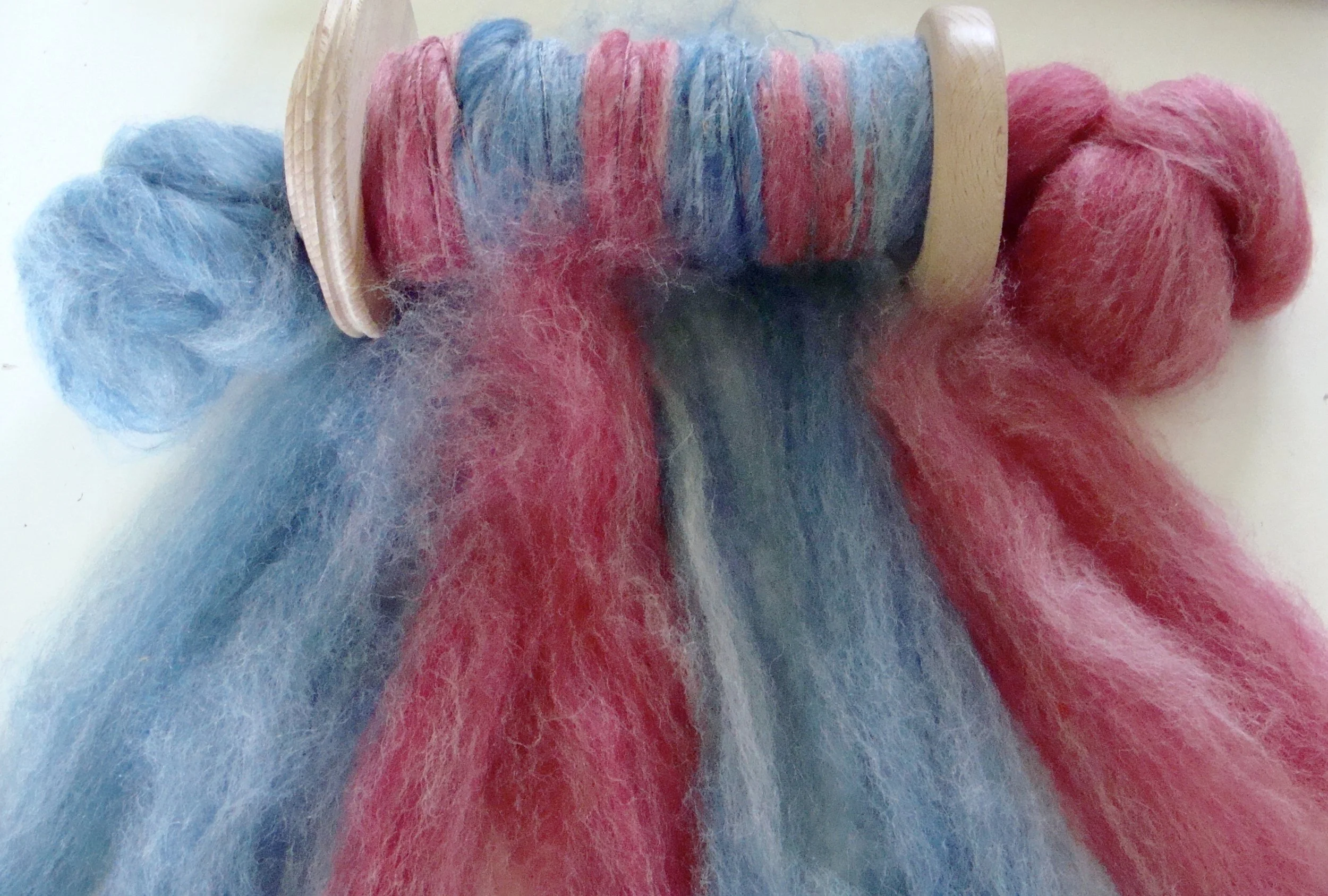"Inspirational" Fiber Blending
image from Unsplash
I’m a glass-half-full gal, so the optimistic “Turn Lemons into Lemonade” is a favorite maxim!
We may have differing views on various aspects related to COVID-19, but I think we can all agree that COVID is one heck of a Lemon!
In the spirit of human resiliency, instructors and conferences have turned these past 18 months of cancellations and disruptions into the Lemonade opportunity of online classes and workshops! I have enthusiastically taken advantage of those opportunities!
One of those workshops was a part of the MidAtlantic Fiber Association (MAFA) conference held virtually this year in June. I had the pleasure of attending MAFA in person several years ago. While the in-person event was fabulous, the virtual conference was a very close rival! Thoroughly enjoyable!
One of my classes was “Inspirational Blending,” taught by the very talented Dia Robinson of Twisted Urban Fiber Arts. Dia is the creator of “The Inspire Blend Series.” She chooses a photo and creates a fiber representation of that picture through colors. Dia is an excellent instructor and a delightful presenter. I thought I would share what I made from taking her workshop.
Our pre-class homework was to gather about an ounce of each of seven fiber colors: red, yellow, blue, black, white, purple, and pink. This was a perfect chance to use leftovers and small sample sizes of fibers. I raided my stash (I love “shopping” my stash) for bits and bobs of the required colors and then blended them on my drumcarder into batts.
In the photo gallery above, you can see each of my color piles and the resultant batt. Here’s a little about what I used:
Red 1.2 oz blended batt of Falkland and unknown wool fibers.
Yellow 1.2 oz blended batt of Corriedale, Falkland, Firestar, bamboo, mohair + unknown fibers.
Blue 1.3 oz blended batt of Falkland, Targhee, and unknown fibers (the fiber pile looks like it had a lot of yellow in it, but in real life, it didn’t).
Black 1.8 oz batt of natural black alpaca.
White 1.6 oz of mostly natural white Merino top.
Purple 1 oz blended batt of mostly Merino (I didn’t have a lot of purple fiber, so this batt is more of a grayed purple).
Pink 1.1 oz mini blended batt of unknown fibers, but most of the pink is Merino/silk top.
Dia’s method uses a blending board to create rolags. The fibers are laid onto the board and then brushed down into the tines of the carding cloth. The color layering and arrangement of fibers determine the look of the spun yarn. The fibers are removed from the board by wrapping them around dowels, forming them into rolags. I have an Ashford Blending Board.
Here are the class inspiration photos and the rolags I created.
Each colorway was only about .5 ounces, too small an amount for a project. So, I decided to try some new spinning techniques.
The first is Mixed Berries which was spun long draw. I kept it as a single and fulled it during the finishing process. The mini skein is .5 ounces and 47 yards.
Terminology
Long Draw - a drafting method used to create a woolen yarn.
Woolen yarn - these yarns are airy, light, warm, fuzzy. A woolen-drafted yarn has a more organic look.
Single - one spun strand of yarn; not plied.
Fulled - finishing process agitates the wet yarn and begins the felting process, thereby increasing the yarn’s durability. These yarns have a fuzzy halo.
My first attempt at long draw was ok, but I wanted to try it again. Color Splash was spun and finished exactly the same. It almost looks like it might be plied, but it is a single of .5 ounces and 45 yards.
Next is Yellow Bird. This is also spun long draw, but then I plied two strands together, producing a very pretty marling of the colors. The yarn was fulled in the finishing process. 25 yards and .55 ounces.
Dragon Fruit was spun with a short forward draw, my default drafting method. This type of drafting produces a smooth, dense, more consistent yarn, a worsted style yarn. I tried my hand at Navaho or chain plying. This creates a rounded, 3-ply yarn that keeps the colors more aligned. Although it is .7 ounces, it only yielded 21 yards because of the 3-ply.
You can find many wonderful videos and blog posts about various spinning techniques, including long draw and Navaho plying. One that I found helpful while spinning these yarns is a series Jillian Moreno did this summer. You can find the first post in her Worsted to Woolen Drafting Spin-a-Long here.


